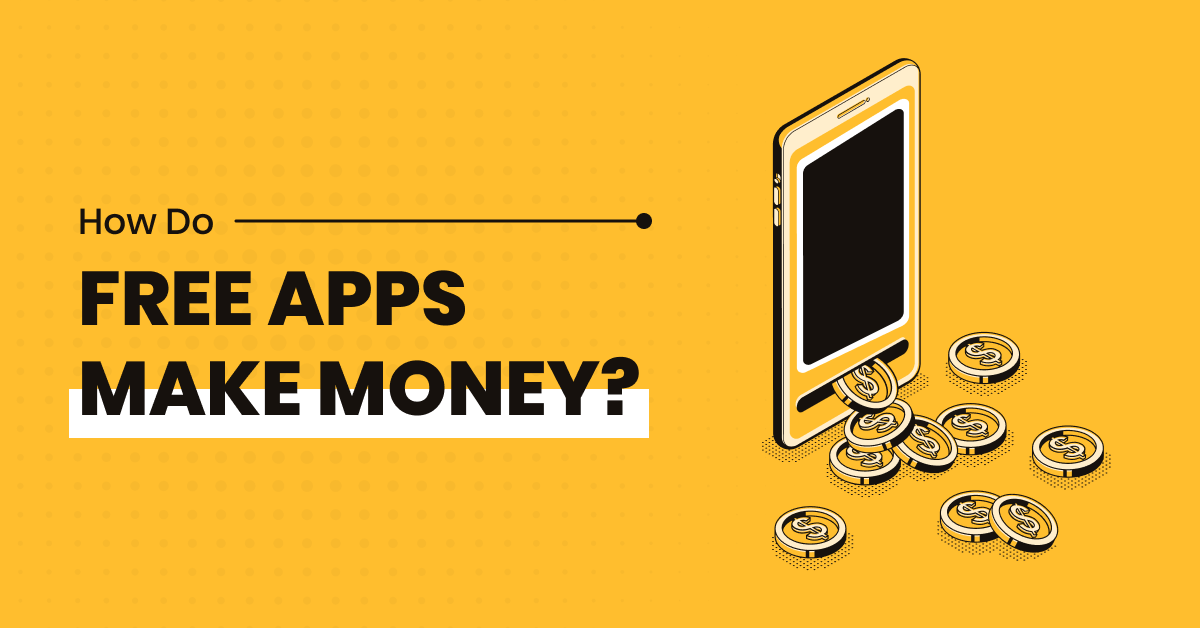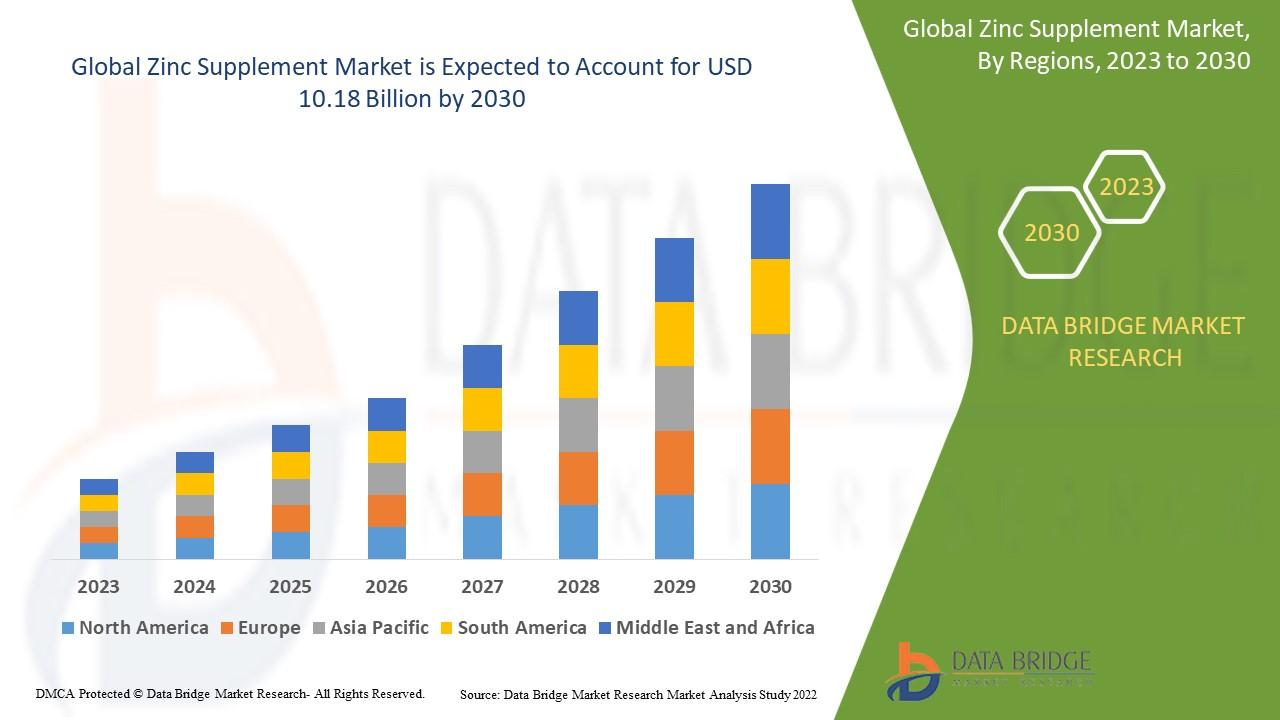How Do Free Apps Make Money in 2025

Free apps dominate the app stores today, yet many people wonder — how do they actually generate revenue? Despite being free to download, the majority of apps employ clever monetization models to turn engagement into profit. Whether it’s through ads, in-app purchases, or freemium upgrades, app developers have found multiple ways to make money from free apps.
Here are the most popular monetization strategies used by free apps in 2025.
1. Revenue through In-App Advertising
In-app advertising remains the most common method for monetizing free apps. Developers partner with ad networks like Google AdMob or Facebook Audience Network to display banner ads, interstitials, or video ads within the app.
Advantages:
• Easy to implement and scale
• Works well for apps with high user engagement
• Multiple ad formats to choose from
Disadvantages:
• Too many ads can negatively impact user experience
2. In-App Purchases (IAP)
This model allows users to buy virtual goods, extra features, or content upgrades directly from within the app. It’s widely used by gaming, lifestyle, and fitness apps.
Advantages:
• Offers direct revenue from active users
• Encourages repeat purchases through exclusive content or items
Disadvantages:
• Works best for apps with loyal and engaged users
3. Freemium Model (Free + Paid Version)
The freemium model provides users with a free version of the app containing limited features. To unlock advanced tools or remove ads, users can upgrade to the premium version.
Advantages:
• Allows users to experience the app before committing to payment
• Increases app downloads and user trust
Disadvantages:
• Requires a fine balance between free and paid features
4. Subscriptions
Many free apps adopt a subscription-based model where users pay monthly or yearly to access premium features, exclusive content, or an ad-free experience. Popular in media streaming and productivity apps, this model ensures a steady flow of recurring revenue.
Advantages:
• Provides consistent, predictable income
• Builds long-term relationships with users
Disadvantages:
• Requires continuous updates and new content to retain subscribers
5. Affiliate Marketing and Sponsored Content
Free apps can also generate income by promoting third-party products or services. When users engage with these offers or make purchases, the app earns a commission. This model is effective for niche apps with a loyal user base.
Advantages:
• Adds another revenue stream without charging users directly
• Works well for content-driven or lifestyle apps
Disadvantages:
• May affect credibility if too promotional
6. Selling Physical Goods or Services
Some free apps serve as platforms to sell real-world products or services. For example, fitness apps may sell training plans or merchandise, while travel apps might offer booking services.
Advantages:
• Offers tangible value beyond the app experience
• Can complement a business’s core services
Disadvantages:
• Requires logistics and customer support
How to Choose the Right Monetization Model
Selecting the best monetization strategy depends on your app type, audience, and goals. Many successful apps combine multiple approaches — for instance, using both in-app ads and premium subscriptions. Testing and optimizing over time will help determine the most profitable mix.
Conclusion
Monetizing free apps isn’t about charging users; it’s about creating value that benefits both users and developers. From ads to in-app purchases and subscriptions, the opportunities to generate revenue are endless. The key lies in understanding your users, offering value, and building an experience that encourages engagement and loyalty.
With the right strategy, even free apps can become powerful, profit-generating platforms in 2025.
Source: https://www.agicent.com/blog/how-do-free-apps-make-money/





